Introduction
Chota Char Dham, the serene and mystical embrace of the Himalayas lies the sacred land of Uttarakhand, a region renowned for its profound spiritual significance and natural splendor. Among the many jewels that adorn this Himalayan paradise, the Char Dham Yatra holds a special place for pilgrims and wanderers alike to embark on a transformative journey of faith, devotion, and self-discovery.
Saurav Bhandari
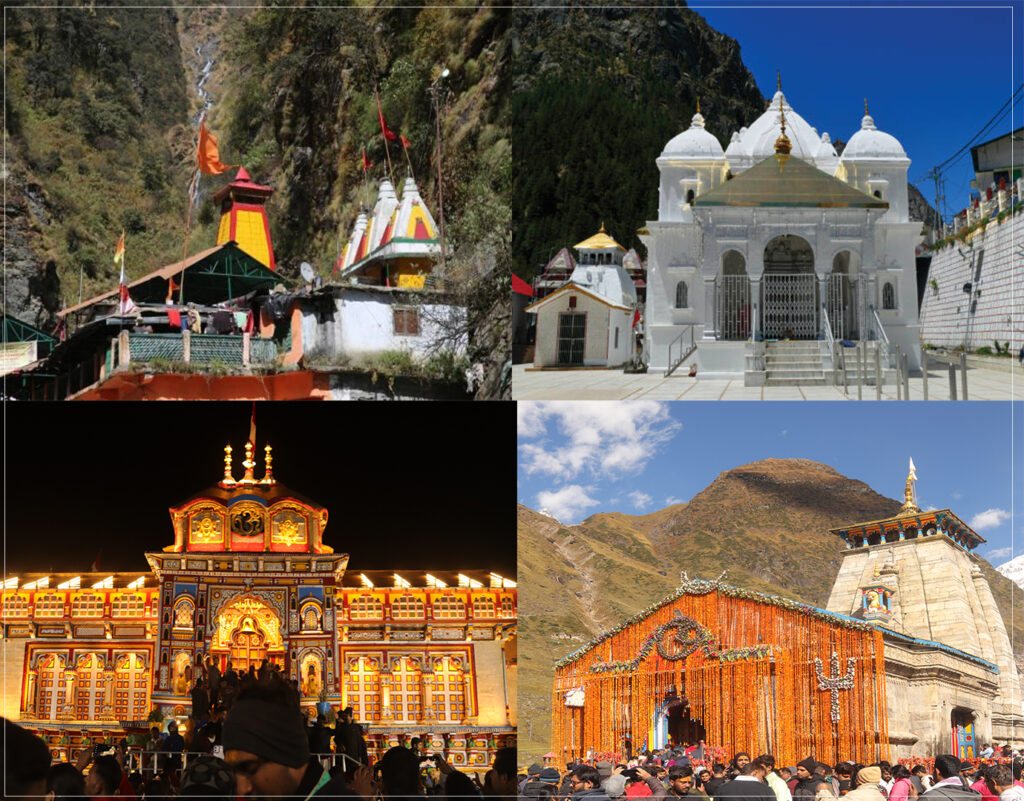
The Essence of Char Dham Yatra
Char Dham Yatra is a pilgrimage of immense significance for Hindus around the world. It encompasses four revered shrines: Yamunotri, Gangotri, Kedarnath, and Badrinath. Each of these shrines is associated with a specific deity and holds a unique spiritual aura. The yatra is believed to cleanse the soul, wash away sins, and provide a path to salvation. Read blow to know more
Yamunotri
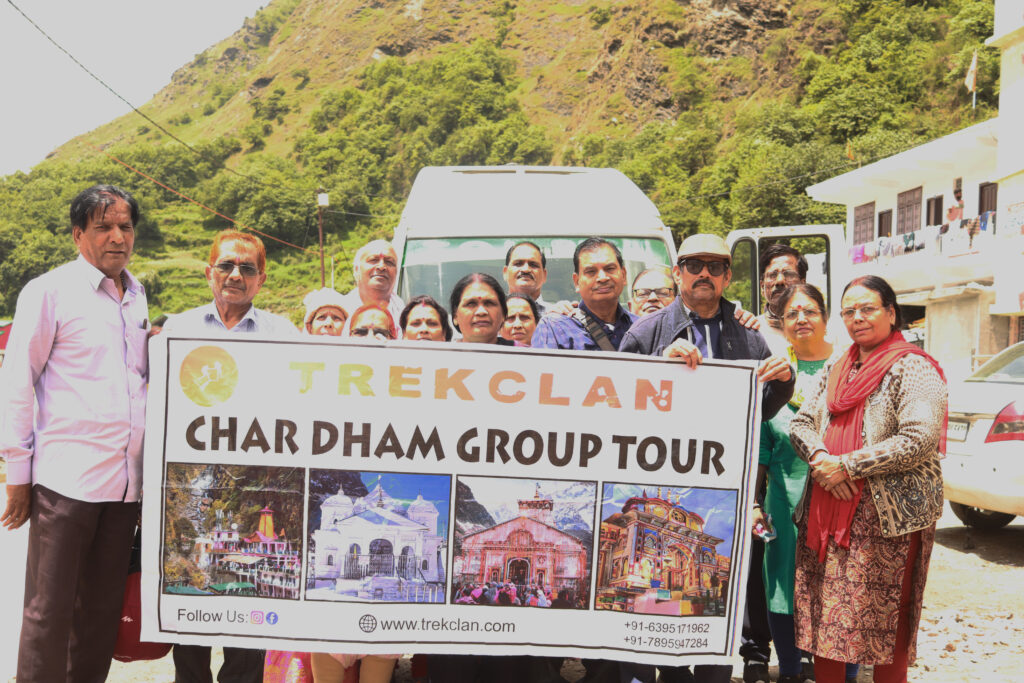
The journey of Char Dham begins with a visit to Yamunotri the source of the Yamuna River. The Yamunotri temple, perched amidst breathtaking mountains and bubbling hot springs, is dedicated to Goddess Yamuna. The trek to the temple is not just a physical journey, but a soul-stirring experience that tests one’s determination and connects them to nature’s grandeur. The trek is of 8kms starts from Jankichatti and it will take around 3-4 hr to reach there.
Places to visit near Yamunotri:
Yamunotri Temple: It is Situated at an altitude of 3291 meters above sea level, it is the main attraction of the place dedicated to Goddess Yamuna. This temple was built by Narendra Pratap Shah of Garhwal kingdom in 19th century
Surya Kund: Its a natural hot water spring located at the temple complex. Here this water used to cook rice and boil potatoes and devotees believe that eating the prasad can was away our skin and other health problems
Kharsali: Its a small village town also known as Khushimath. It is the winter seat of Goddess Yamuna. On the day of Bhai dooj the statue shifted to Kharsali for the next 6 month after Yamunotri temple closing ceremony.
Divya Shila: Its a sacred stone near outside the Yamunotri shrine. The devotees worships here and offers prayer before entering to the main shrine
Saptarishi Kund: It is the main source of Yamuna river and form because of Champasar Glacier situated at an height of 4421 meters. Its a 7 km trek from the temple and you can take a halt at Yamunotri and start this trek on the next day.
Opening and Closing Date:
The temple opens on 22nd April 2023 and will get closed on 12November 2023( tentative) On the day of Akshay Tritiya the Yamunotri shrine gate gets open and on the day of Bhai dooj the shrine returned to the kharsali village
Best time to visit:
May-June, Sep- october
Gangotri
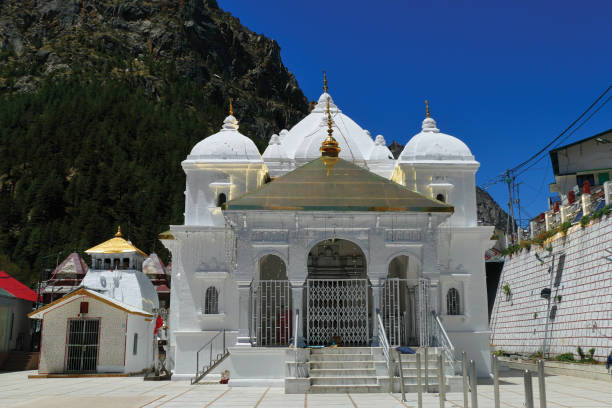
The journey then leads to Gangotri, the origin of the sacred Ganges River. The main source is the Gaumukh glacier which is in a trek distance of 19kms from here. The Gangotri temple stands as a testimony to devotion, surrounded by snow-capped peaks and pristine landscapes. It is believed that a dip in the holy Ganges waters at Gangotri cleanses one’s sins and paves the way for spiritual growth.
Places to visit in Gangotri:
Gangotri Temple: Gorkha General Amar Singh Thapa built Gangotri temple in the beginning of 18th century. Its a Nagara architecture style white marble temple dedicated to Goddess Ganga situated in a height of 3100 meters in Uttarkashi district of Uttarakhand
Bhagirath Shila: Its a rock stone near Gangotri temple where King Bhagiratha prayed to Lord Shiva for descent of Holy river Ganga ji.
Harshil Valley: Enroute to Gangotri temple you can visit Harshil valley which is one of the most beautiful valley of Uttarakhand. Its a very small town situated at an altitude of 2745 meters from sea level. Here you can visit to see beautiful wall murals and to eat tasty momos and Rajma chawal of Harshil.
Submerged Shivling: Its a natural rock shivling submerged under Ganga ji. It is believed that Lord Shiva descent Ganga river here at his matted locks. You can see this shivling in winters or during closing days of the temple when the river water level recedes.
Pandava Gufa: It is in a distance of 3km walk from the main site. It is situated between dense cedar forest, it is beleived that Pandavas meditated here during their visit to the Kailash and performed “Deva Yagna” here.
Opening and closing date:
22nd April 2023 and will get close on 12th November 2023(tentative) It opens on the day of Akshay tritya and the gate closes for 6 months on the day of Bhai dooj.
Best time to visit:
May- June and September to November is the best time to visit Gangotri. If possible visit after the rainy season when you will get see beautiful green lush valley and awful sunsets.
Kedarnath
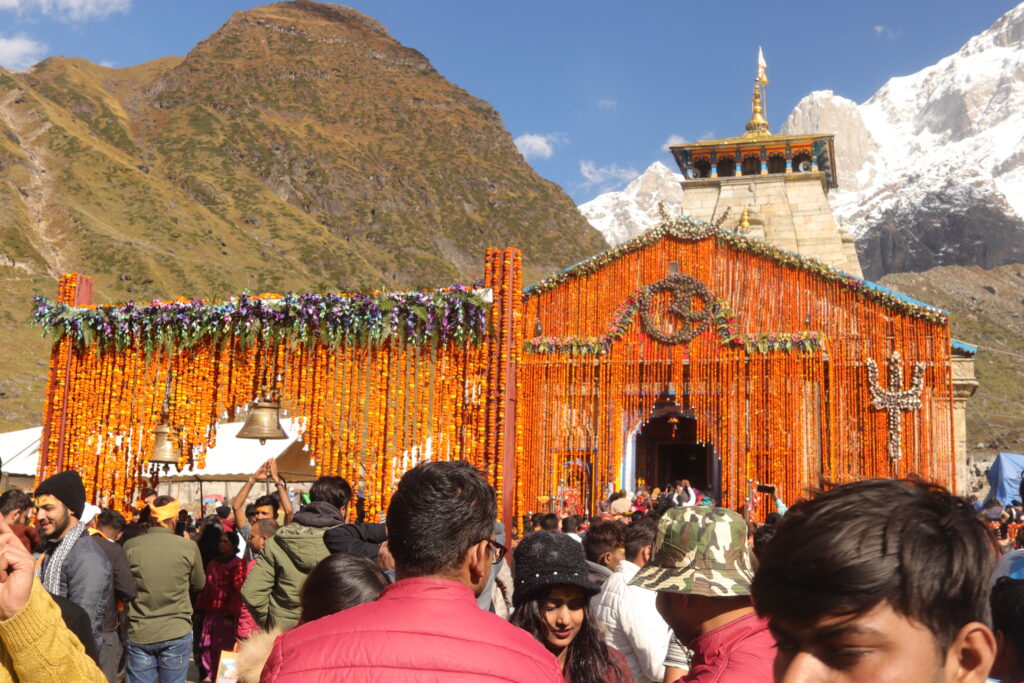
The third destination, Kedarnath, is home to one of the twelve Jyotirlingas – a manifestation of Lord Shiva. The Kedarnath temple, nestled at a staggering altitude, demands not only a trek but also an unwavering commitment to spirituality. The spiritual vibrations of this place are palpable, and pilgrims often experience a profound connection with the divine.
Places to visit in Kedarnath:
Kedarnath temple: It is believed that Pandava brothers built this temple when the Lord Shiva appeared here before the Pandavaas. Lord Shiva was hiding from the Mahabharata heroes as they were looking for forgiveness of killing their own brothers in the war. In the 8th century Adi Shankaracharya rebuilt it in the Northern Indian architectural style of Conical shikara(spine made of stone) with a symbolic finial(amalaka) at the top.
Bheem Shila: It is located at just behind the Kedarnath temple, it is 20 feet wide and 12 feet tall rock stone which actually safeguard the temple during the 2013 flood. The miraculous rock stone came behind the temple when the flood arrives near and it diverted the water flow to the sides.
Adi Shankaracharya Statue: It is located at 600 meters back to the , it is believed that great Hindu philosopher Adi Shankaracharya ji take Samadhi here.
Bhairav Mandir : He is the protector of the Kerdarnath valley, and the temple located at 1km trek distance from the main attraction.
Vasuki taal: Located at a trek distance of 8km, its a beautiful Himalayan Lake at the height of 14,200 feet. You can find Brahma-kamal here which is the state flower of Uttarakhand.
Opening & Closing date:
Opening 26th April, Closing 14th November 2023(tentative). Usually the gate opens on the auspicious day of Akshay Tritiya and closes on the Kartik Purnima.
Best time to visit:
May- June, September- November is the best time to visit but visiting on the opening and closing ceremony is worth visiting
Badrinath
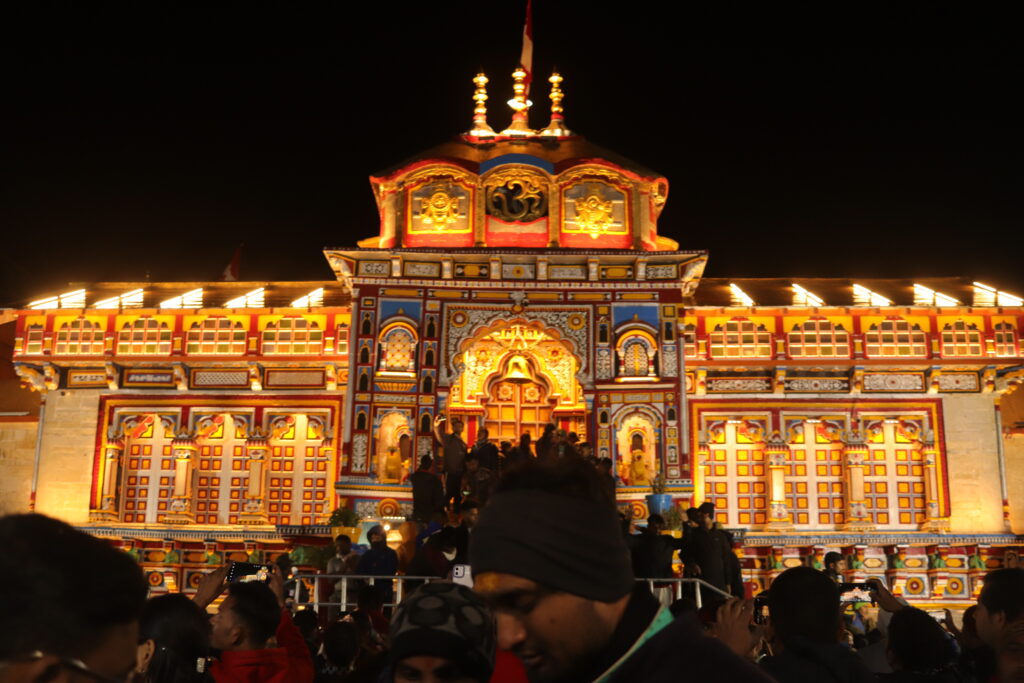
The journey concludes at Badrinath, the abode of Lord Vishnu. The Badrinath temple’s striking architecture against the backdrop of majestic mountains is a sight to behold. The idol of Lord Vishnu, enshrined here, radiates a sense of tranquility and grace. The Badrinath experience is a culmination of devotion, self-discovery, and a deep sense of inner peace.
Places to visit near Badrinath:
Badrinath Mandir: Adi Shankaracharya established the temple in the 9th century when he found the black granite stone(shaligram) in the deity form of Badrinarayan, he enshrined the statue at the cave near Taptkund. During the 16th century the Garhwal king ruler moved the murti to the present temple. It is located at the height of 3133 meters from the sea level opposite to Nar parbat whether the Narayan parbat behind the Mandir
Tapt Kund: This hot spring near the temple dedicated to the Lord Agni. It is believed that bathing here can take out our health and skin problems because of its medicinal properties
Mana: Previously before 2023 it was known as the last Indian village situated at the Indo-Tibetan border, now the government change it to the first Indian village of India to make it more popular. Located at the road distance of 4kms from the Badrinath. Its a beautiful village where you can find awesome wall murals on the houses of the villagers telling the stories of the Badrinath and Pandavas heading to the heaven alive.
Bheem Pul: It is located at the ending point of Mana village beneath the Saraswati river. Here Goddess Draupadi was not able to cross the river so the Bheem put the big stone forming the bridge. It is the main attraction of this place and make us believe on the Hindu mythology
Neelkantha Peak: It is situated at an elevation of 6597 meters above sea level. Its a pyramid shape snowy peak mountain also known as “Garhwal Queen”. Located in a trek distance of 7 kms distance from Charan paduka. Its a two day trek and mountaineers can stay at the base camp to see the the Mt Neelkantha view.
Opening and Closing Date:
Badrinath shrines opens on 27th April 2023 and will may get close on 21st November (Tentative)
Best Time to visit Char Dham
April- June & September-November
A Pilgrimage Beyond the Physical
While Char Dham Yatra is a physical journey, its essence transcends the mere act of traveling. It’s an exploration of the inner realms, a search for meaning, and an opportunity for spiritual growth. The rugged terrain, the unpredictable weather, and the challenges of the journey mirror life’s ups and downs. As pilgrims navigate these challenges with faith and determination, they learn invaluable lessons about resilience, humility, and the impermanence of material existence.
The Char Dham yatra encourage a sense of unity among diverse individuals who come together in pursuit of a common spiritual goal. It reminds us that in the grand scheme of things, we are all fellow travelers on the path of life, connected by a shared longing for something greater than ourselves.
Preparing for the Journey
Undertaking the Char Dham Yatra requires meticulous planning and preparation. Pilgrims should be physically fit to endure the arduous treks and varying altitudes. Proper clothing, sturdy footwear, and necessary medications are essential companions. The yatra’s peak season is during the summer months when the snow has melted, allowing for safer passage.
In Conclusion
Lastly Char Dham Yatra is not just a physical expedition; it’s a spiritual odyssey that immerses pilgrims in the profound teachings of Hinduism and the breathtaking beauty of the Himalayas. It invites introspection, fosters unity, and rejuvenates the soul. This journey offers a rare opportunity to blend the outer world’s natural grandeur with the inner world’s serenity and devotion. Uttarakhand’s Char Dham Yatra is a pilgrimage of a lifetime, an adventure that enriches the heart, mind, and soul.
